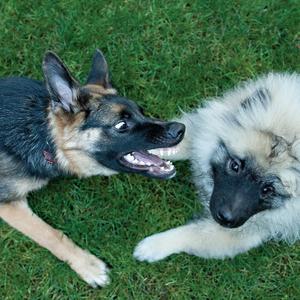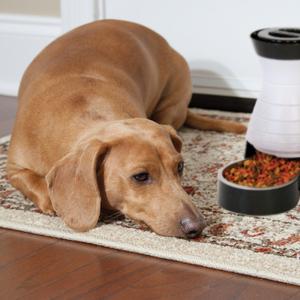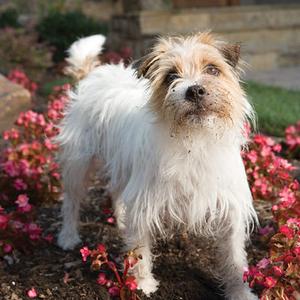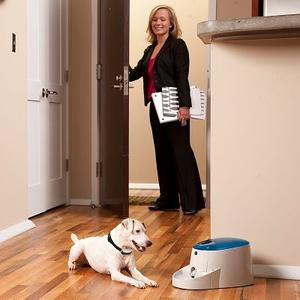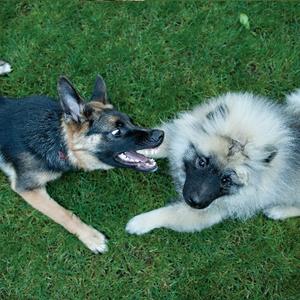Do you know when your dog is happy or sad? How about when he's scared or nervous? Dogs "talk" to us with their voices as well as their bodies. It's not always easy to interpret. We need to know our dogs well enough to understand what they are trying to say.
Signs Your Dog Is Happy & Playful
There are obvious signals dogs give that make it easy for almost anyone to read. When your dog is happy and wants to play, you may see:
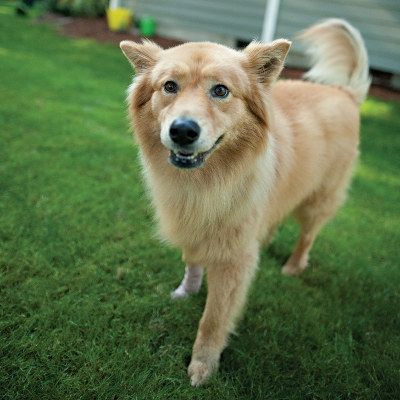
- Relaxed or excited body posture
- Almost smiling
- Wanting to engage
- Front end crouched
- Back end up with his tail wagging ferociously
Signs Your Dog Feels Threatened & Defensive
If your dog is feeling threatened or defensive, you may notice:
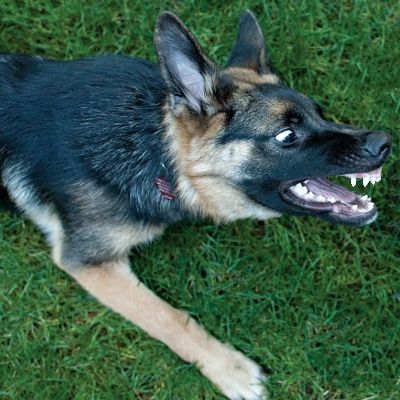
- Active aggression with your dog making himself appear as big as he can with his body going forward
- Hair standing on end
- Tail up and stiff
- Growling or barking
- Fearful aggression with your dog making himself as small as possible
- Ears flattened
- Hair raised
- Tail between his leg
- Mouth partially open with some teeth visible
- Growling, barking, and/or whining
We don't generally worry about the happy signs, but we should pay close attention to the others because those can lead to unwanted, or aggressive, behaviors. Dogs generally give more subtle signs before aggression becomes full blown. Sometimes we may see all of these signs, but sometimes not - or they progress so quickly that we miss them.
Signs of Worry & Tension

- Lowered body
- Ears flattened
- Tail between legs
- Sweating through feet pads
- Rapid panting
Signs of Stress & Anxiety
The next step is when he becomes stressed or anxious. This list of stress signals was taken from my book, Puppy Socialization: An Insider's Guide to Dog Behavioral Fitness. Look at his body as a whole, and then look at each individual part.
Body or demeanor
-
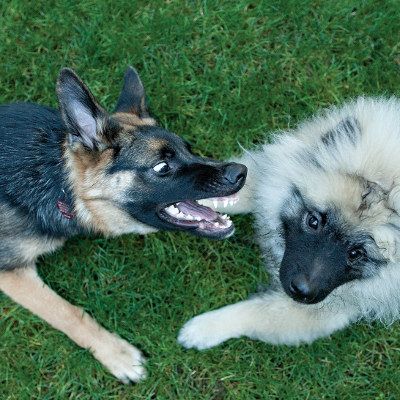 Attention seeking
Attention seeking - Breathing changes - either faster or slower
- Crouching
- Exposing his tummy
- Freezing in place
- Hyperactivity
- Leaning or climbing on you
- Lowering his body
- Mounting
- Moving slowly
- Moving stiffly
- Nervousness
- Overacting
- Pace change (slowing down, speeding up, zigzagging, bolting)
- Quiet and withdrawn
- Restlessness
- Scratching the invisible flea
- Shaking as if he were wet
- Stretching
- Sweating from the pads of his feet
- Trembling
- Trying to move away, hide, or escape
- Urinating or defecating
- Lowering his tail - the lower it is, the more stressed
- Vocalizing
- Barking, especially high pitched
- Whining
 Face or head
Face or head
- Head turned to the side
- Lowering his head
- Panting even though it is not hot
- Wrinkled forehead
Eyes
- Averting eyes by looking away
- Blinking quickly
- Dilated pupils
- Drooling
- Looking quickly
- Staring intensely
Ears
- Flattening his ears against his head
- Lowering his ears
- Moving his ears
Mouth
- Closing his mouth when it was open and relaxed
- Corner of his mouth back
- Licking body parts
- Licking his nose
- Teeth chattering
- Tongue flicking
- Tongue withdrawn
- Yawning
Here's something else to look for. Even if your dog is not moving, he may be shutting down. Don't mistake the absence of movement as proof that he is okay.
Pay attention to your dog's body language. Learn what he's saying to you with his body language. You need to be able to tell the difference between "I'm uncomfortable with this situation" and "I'm going to bite if you don't stop."
You know your dog better than anyone. Look at his whole body to see if you can see the other signals of stress or anxiety before it escalates into aggression. Discover what triggers this behavior in your dog. You may need the help of a behavior consultant, not a dog trainer, who can work with both you and your dog. You'll both be more relaxed when you find the right person to help.



